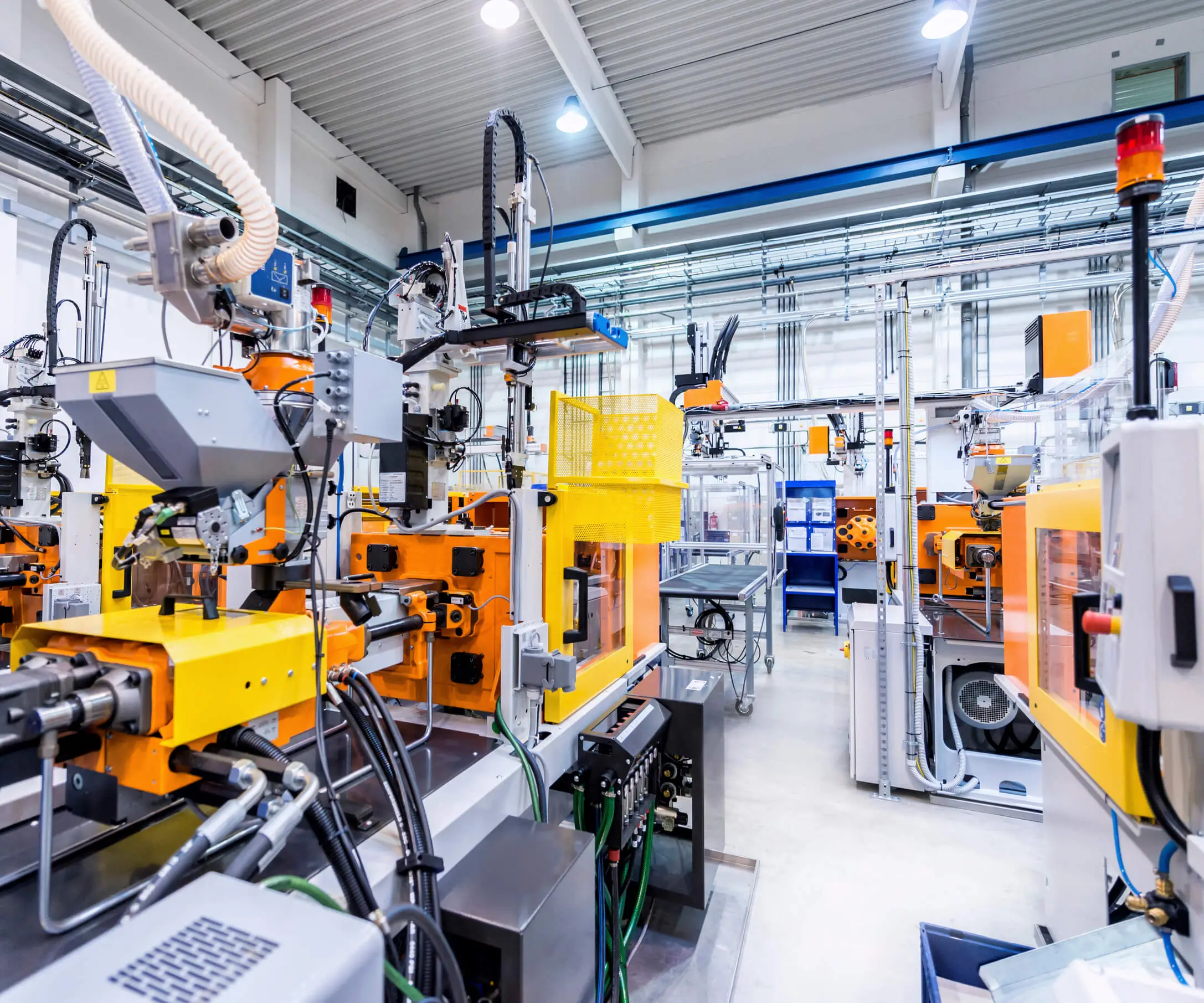Unlocking Precision: Your Brother Gearmotor Selection Guide Begins Here
In the bustling world of manufacturing and automation, choosing the right gearmotor is the backbone of efficient and reliable machine operation. If you’ve been navigating through endless options, technical jargon, and specifications, you're not alone. The process of selecting the perfect gearmotor might seem daunting at first glance, but with a structured approach, it becomes an enlightening journey toward enhancing your equipment’s performance.

Why a Gearmotor? The Power Behind Your Machines
A gearmotor combines a motor with a gear reducer, creating a single integrated unit that offers precise control, increased torque, and optimized speed reduction. Unlike standalone motors, gearmotors deliver torque multiplication and speed regulation in compact, efficient packages, making them indispensable in numerous applications—from conveyor belts and robotics to packaging machinery and material handling.
Understanding Your Application Needs
The first step in the Brother gearmotor selection guide is understanding your specific application’s demands. Ask yourself several critical questions:
What is the load type? Is it static or dynamic? Continuous or intermittent? What should be the operating speed? Is it a high-speed or low-speed operation? What's the required torque? How much force must the gearmotor produce to get the job done? Are there space constraints? Will the gearmotor fit into the designated area? What are the environmental conditions? Will the gearmotor face dust, moisture, or extreme temperatures? What is the expected lifespan? Is durability a priority?
By answering these questions, you'll establish a foundation for making informed decisions. Remember, selecting a gearmotor isn’t just about matching voltage or motor size; it’s about aligning the device’s capabilities with your operational needs.
Types of Gearmotors: A World of Options
Brother offers a variety of gearmotors tailored for diverse applications. Knowing the different types helps in narrowing down options:
Parallel Shaft Gearmotors: Ideal for inline installations; they provide high efficiency and are commonly used in industrial conveyors. Right-Angle Gearmotors: Designed to change the direction of drive power by 90 degrees; perfect for compact spaces. Planetary Gearmotors: Known for high torque density and robustness; suitable for heavy-duty applications. Spur Gearmotors: Offer straightforward design and high efficiency; used where precise speed control is vital. Worm Gearmotors: Provide high torque and self-locking features; often used in lifting applications and as reducers.
Each type offers unique advantages, and the choice depends heavily on your application’s specific demands. For example, if your machine requires space-efficient operation with high torque, a planetary gearmotor might be your best fit.
Key Parameters to Consider
Before delving into product catalogs, familiarize yourself with crucial parameters:
Torque (Nm): The rotational force. It must cover your starting torque and operational torque with a safety margin. Speed (rpm): The number of rotations per minute; should match your application's speed requirements. Gear Ratio: The ratio between the motor speed and the output shaft speed; determines the overall speed reduction and torque amplification. Power (kW or HP): The motor’s power output. Ensure it’s sufficient for your load. Efficiency: Higher efficiency reduces energy consumption and heat generation. Motor Type: AC or DC, brushed or brushless, depending on control and power needs. Mounting and Size Constraints: Compatibility with existing machinery and spatial limitations.
Calculating The Right Gearmotor
The selection process often begins with load and performance calculations. Here's a simplified approach:
Estimate the Load Torque: Use the formula: [ T = \frac{F \times r}{9550} ] — for metric units, where F is force in newtons and r is the radius in millimeters, or more directly based on your application specifics.
Determine Operational Torque and Starting Torque: Always select a gearmotor that can handle at least 25-50% more than your estimated load torque to account for starting peaks, torque fluctuations, and wear.
Select the Gear Ratio: Divide the motor’s rated speed by the desired final speed to determine the gear ratio. Keep in mind that increasing the gear ratio raises torque but reduces speed.
Verify Power and Efficiency: Ensure the motor’s power output aligns with your load calculations, including safety margins.
Choosing the Right Voltage and Control Options
Depending on your automation setup, you'll choose between AC or DC motor variants. Variable frequency drives (VFDs) and servo controllers may also come into play for precise speed regulation and positioning.
In Conclusion — Preparation, Precision, and Planning
Selecting the best Brother gearmotor involves careful assessment and understanding of your operational needs. It’s about balancing power, speed, size, and durability while considering environmental constraints. As you continue your journey in this guide, expect to explore example scenarios, detailed specifications, and tips for maintenance to ensure your gearmotor choice stands the test of time.
Stay tuned for the next part, where we’ll delve deeper into selecting the perfect gearmotor—looking into case studies, common pitfalls, and expert advice to refine your decision-making process.
Leveraging innovations in modular drive technology, Kpower integrates high-performance motors, precision reducers, and multi-protocol control systems to provide efficient and customized smart drive system solutions.




































